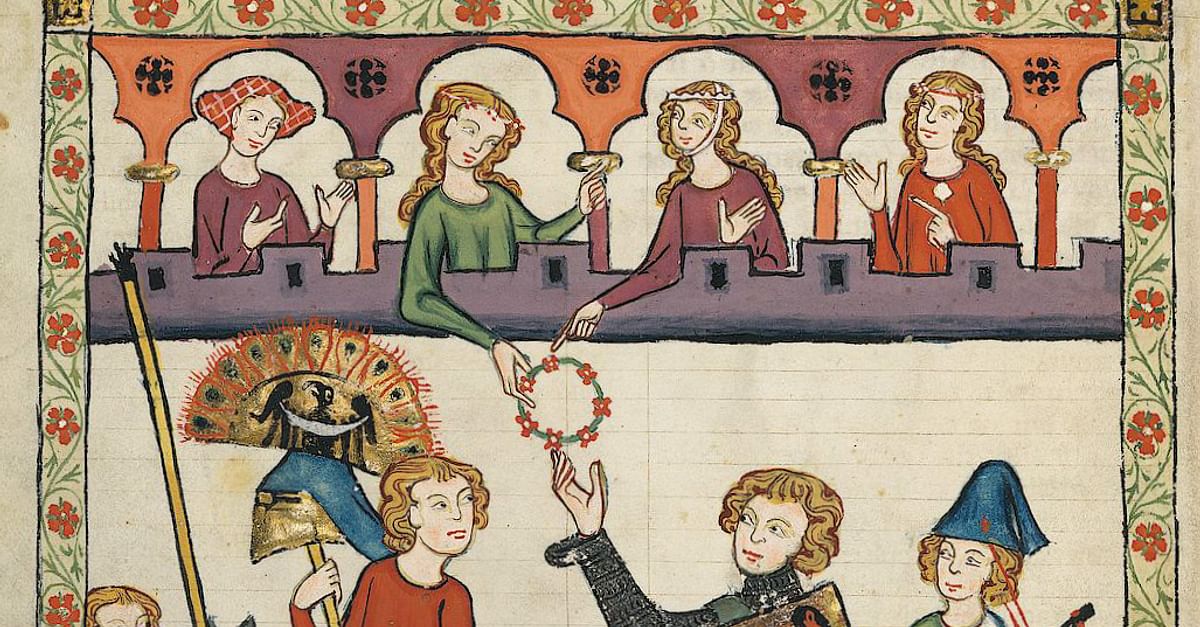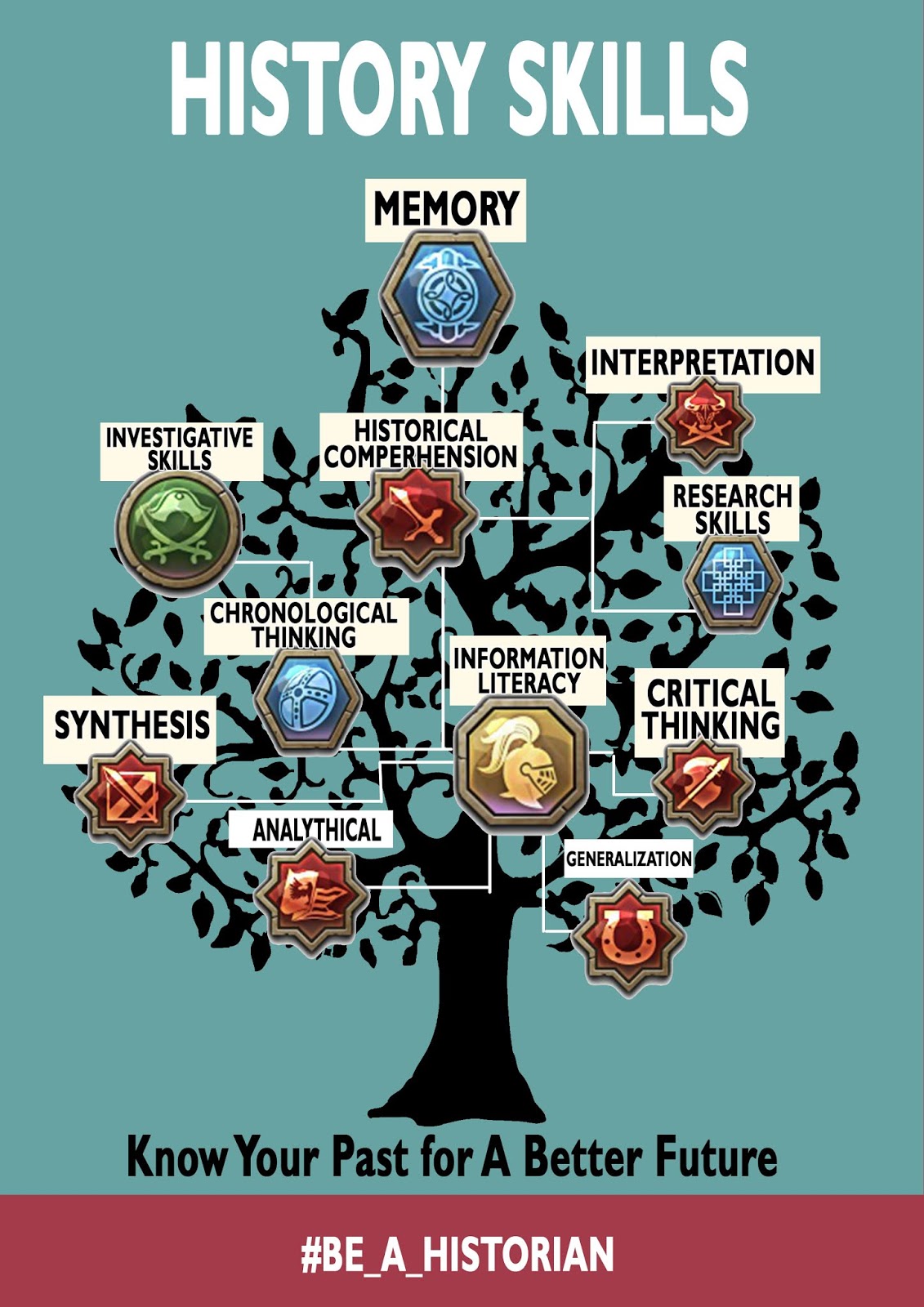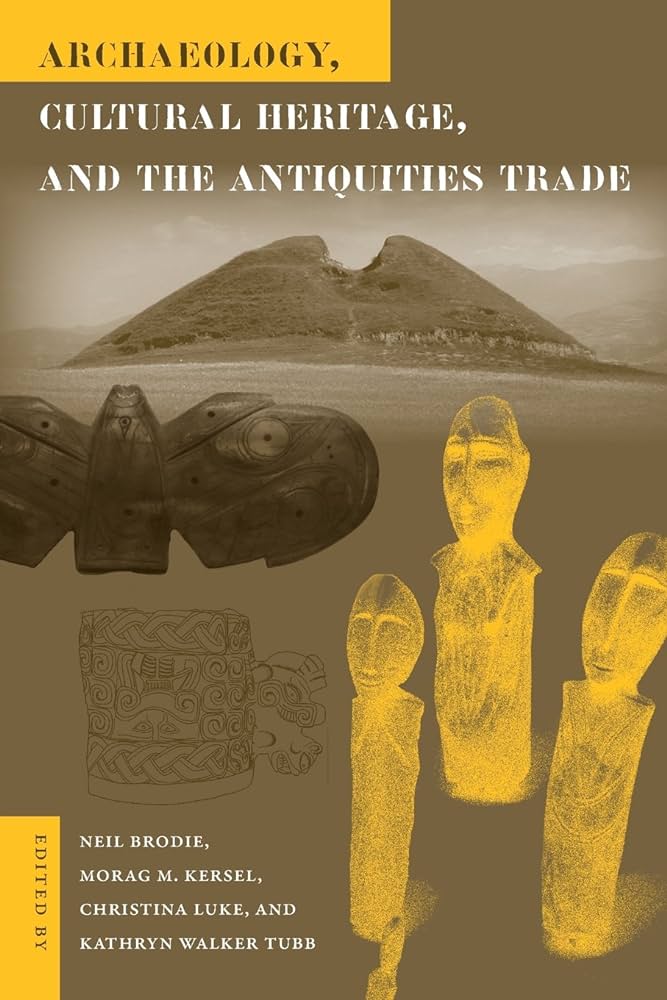Knighthood – Chivalry and Medieval Warfare
Knighthood, chivalry, and medieval warfare are all terms that evoke images of epic battles, passionate romance, and tales of glory. These concepts may seem outdated in our modern world, but they were integral to the social fabric of medieval Europe. In this post, we’ll delve into the historical context behind knighthood, chivalry, and medieval warfare.
Knighthood: Background and Origins
The term “knight” comes from the Old English word “cniht,” which means “boy” or “servant.” Knights were originally the attendants of feudal lords, but over time, they established themselves as an elite warrior class. Knighthood was typically bestowed upon young men who showed promise as skilled fighters and could afford the expensive equipment necessary for combat.
From the 12th century onwards, knighthood developed into a highly esteemed profession. Knights were expected to uphold certain values, such as bravery, loyalty, and honor. They were also often associated with the ideals of chivalry, which we’ll discuss in the next section.
Chivalry: Ideals and Expectations
Chivalry was a complex code of conduct that governed the behavior of knights. It emphasized the importance of virtuous behavior, particularly towards women, and of protecting one’s countrymen and the vulnerable. Although the code varied somewhat between different regions and periods, knights who followed chivalric ideals were expected to be brave, generous, and loyal.
One notable aspect of chivalry was the emphasis on romantic love. Knights were often expected to be suave and courtly in their interactions with women, and to perform acts of gallantry in their name. Though the reality of medieval romance was undoubtedly less glamorous than we might imagine, the ideal remained an important part of chivalric culture.
Medieval Warfare: Strategy and Tactics
When we think of medieval warfare, we might imagine a chaotic melee of knights in shining armor charging at each other with swords. While this certainly happened on occasion, medieval warfare was much more strategic than Hollywood might have us believe.
At the heart of medieval warfare was the castle. These fortifications were designed to be almost impregnable, with high walls, narrow passages, and murder holes from which archers could pick off attackers. Siege warfare was thus a slow, grueling process that often dragged on for months or even years.
When not engaged in sieges, knights would be organized into armies that employed complex strategies and tactics. For instance, cavalry units would charge at enemy lines with lances, hoping to break through and create a hole in the enemy formation. Archers would often rain down volleys of arrows, either to soften up enemy troops or to take out key targets.
Conclusion:
Knighthood, chivalry, and medieval warfare were all part of a fascinating and complex historical period. While we might not wish to return to those times, learning about them can help us appreciate the evolution of society and the continuing importance of values like bravery, loyalty, and honor. Whether you’re a history buff or just curious about the past, the world of medieval Europe has much to offer.











